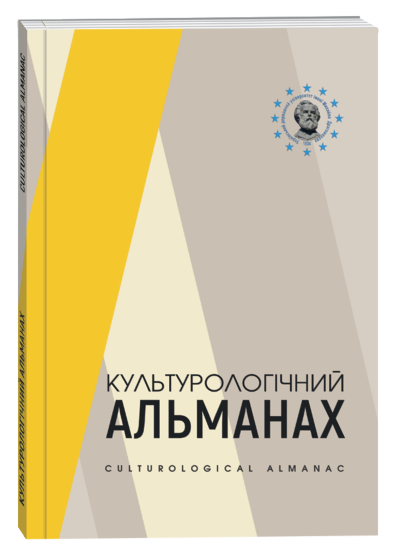VIRTUAL MODELING AND MEMORY: HOW VIDEO GAMES PRESERVE THE MEMORY OF VANISHING PHYSICAL SPACES
DOI:
https://doi.org/10.31392/cult.alm.2025.2.32Keywords:
video games, virtual world, 3D modeling, memoryAbstract
This article explores the phenomenon of video games as a tool for preserving the memory of real-world places.Through the use of 3D modeling, photogrammetry, and other digital techniques, modern video games recreate real- life locations, architecture, and other elements of material culture with a high degree of accuracy. In many cases, these spaces and objects are transferred into virtual worlds in ways that allow them to serve as virtual archives – preserving knowledge and memory of toponymy that may be altered or lost over time due to various real-world factors.The article discusses both international and Ukrainian examples of video games that engage with historical or topographic memory. In particular, it analyzes Assassin’s Creed Unity, a game that features a highly realistic reconstruction of medieval Paris, including a detailed model of the Notre-Dame Cathedral. Notably, assets from this game were used in the restoration efforts of the real cathedral after the 2019 fire. The Ukrainian game series S.T.A.L.K.E.R., which is set in an alternative version of the Chernobyl Exclusion Zone, incorporates real architectural elements from the area, thereby preserving representations of it within virtual space. Some game locations even extend beyond the boundaries of the Exclusion Zone and digitally reconstruct endangered urban architecture from Kyiv.While video games may deliberately alter real spaces for the sake of gameplay dynamics, they often preserve the atmosphere and sense of place associated with those locations. This balance between realism and game design enables video games to serve as powerful tools for the preservation and popularization of cultural heritage. Not only do they introduce broad audiences to historical sites, but they also promote their study through interactive technologies.
References
Aarseth, E. (2024). Changing actual, historical or fictional topographies into ludic topologies.
Alcindor, M., Jackson, D., & Alcindor-Huelva, P. (2022). Heritage places as the settings for virtual playgrounds: Perceived realism in videogames, as a tool for the re-localisation of physical places. International Journal of Heritage Studies, 28 (7), 865–883.
Banaszkiewicz, M., & Duda, A. (2019). To be a STALKER: On architecture, computer games and tourist experience in the Chernobyl Exclusion Zone. In Tourism fictions, simulacra and virtualities (pp. 197–210). Routledge.
Di Mascio, D. (2020). Architecture, narrative and interaction in the cityscapes of the Assassin’s Creed series: A pre- liminary analysis of the design of selected historical cities. In A new perspective of cultural DNA (pp. 125–143). Springer Singapore.
Hanussek, B. (2024). Ubisoft’s Notre-Dame: Digital gaming for material heritage’s sake. Loading, 16 (26), 1–15.
Kasapakis, V., Gavalas, D., & Dzardanova, E. (2024). 3D modelling through photogrammetry in cultural heritage. In Encyclopedia of computer graphics and games (pp. 23–26). Springer International Publishing.
Politopoulos, A., Mol, A. A., Boom, K. H., & Ariese, C. E. (2019). “History is our playground”: action and authenticity in assassin’s creed: Odyssey. Advances in Archaeological Practice, 7 (3), 317–323.








